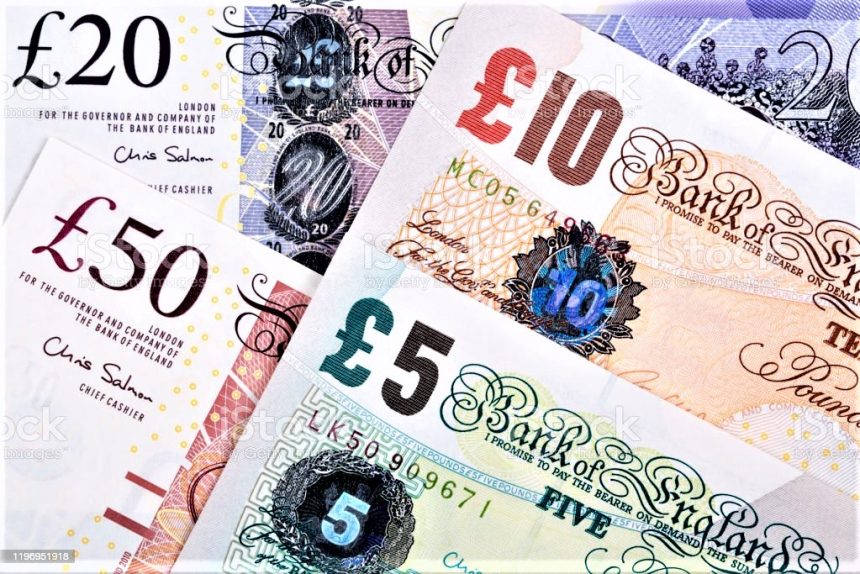Pound sterling finds support about 1.2620 against the US dollar.
The Pound Sterling (GBP) is up against the US Dollar (USD) and trading at 1.2650 in Monday’s London session, following a strong sell-off last week. The GBPUSD pair recovers as the US Dollar Index (DXY), which tracks the Greenback’s value against six major peers, appears to have stalled and struggles to break over the immediate resistance level of 106.00.
However, the near-term prognosis of the US Dollar has risen since the preliminary S&P Global Purchasing Managers Index. The June PMI report revealed that manufacturing and service sector activities expanded at a quicker rate than projected. The study revealed that the Composite PMI unexpectedly increased to 51.7. Investors predicted the PMI data to fall to 51.0 from the previous publication of 51.3.
The study also improved the mood of Federal Reserve (Fed) policymakers, stating, “Selling price inflation has meanwhile cooled again after ticking higher in May, down to one of the lowest levels seen over the last four years.” According to historical comparisons, the latest fall brings the survey’s price gauge in line with the Fed’s 2% inflation target.
Daily Market movers: Pound Sterling fares strongly versus the bulk of currencies.
The pound sterling fares well against Except for the Euro, its major peers remain unchanged. Despite expectations that the Bank of England (BoE) will begin lowering interest rates at the August meeting. Market expectations that the BoE will begin decreasing its benchmark borrowing rates in August were encouraged by a slightly dovish monetary policy statement comments on the interest rate outlook.
The BoE is scheduled to begin cutting interest rates in August.
In the BoE monetary policy statement, policymakers stated. That the decision to maintain interest rates at 5.25% was “finely balanced,” . Which investors saw as a signal that rate cuts are on the way.
Market expectations for BoE rate cuts have also increased since annual headline inflation has returned to the desired level of 2%. During the press conference following the June meeting, BoE Governor Andrew Bailey stated. “It’s wonderful news that “Inflation has returned to the 2% target.” And “officials want to ensure that inflation remains low. Which is why we have decided to keep interest rates constant.
Though pricing pressures have reverted to 2%, regulators are concerned about the prospects of further service inflation. In May, service inflation slowed to 5.7% from 5.9% in the previous release. Investors predicted underlying inflation to fall to 5.5%.
The UK’s economic situation is uncertain ahead of the UK elections.
Meanwhile, investors are concerned about the United Kingdom’s (UK) economic future, as the preliminary S&P Global/CIPS PMI data showed that overall activity in the service sector unexpectedly dropped in June. However, the Manufacturing PMI expanded quicker than expected with the previous release.The slowdown suggests uncertainty. Around the business environment in the run-up to the general election, with many enterprises experiencing a pause in decision-making pending clarity on numerous policies,” the research added.









